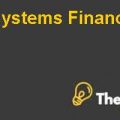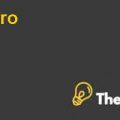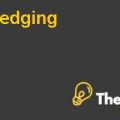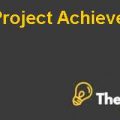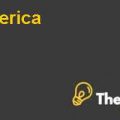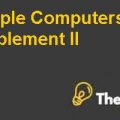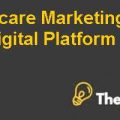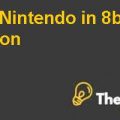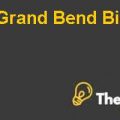FROZEN FOOD PRODUCTS Case Study Solution
To: Maria D’Souza
From: Financial Consultant
Subject: Frozen food project
INTRODUCTION
The purpose of this report is to first give overview of the project, which is new product line of Frozen food; secondly, to calculate free cash flows to the firm from the Frozen food project for next five years. The report also covers the appropriate discount rate for FCFF, the Terminal value from the project, and the project NPV & MIRR.
FREE CASH FLOW TO THE FIRM (FCFF) FOR FROZEN FOOD PRODUCTS FOR NEXT FIVE YEARS.
The free cash flow to the firm method is used for Frozen food project in order to determine the value that will be generated by this project. The sales revenue, capital expenditure, and changes in working capital over the period of five years are taken from projected financial statements. The perpetuity growth after five years’ time is taken as 5% in order to calculate terminal value of the project. The risk adjusted WACC was calculated for FCFF to incorporate business risk of new line of business, a similar company financial gearing was used to compute WACC. The free cash flow from the frozen food project can be seen in Exhibit -1.
APPROPRIATE RATE FOR DISCOUNTING FCFF TO VALUE PROFITABILITY OF THE PROJECT
Currently, the Risk adjusted WACC of 10.60% is used to discount FCFF. However, in order to drive profitability out of the project, the rate should be lower than IRR and MIRR. The rate should be used, which incorporates all business risk of the new line of the project and the one that is lower than IRR and MIRR as well. The greater IRR than cost of capital will guarantee the margin of safety.
As it is a new line of business and company is not listed, so its beta cannot be determined but using a similar company in terms of financial gearing and the company, which is operating in the field of business where Maria D’Souza wants to enter can be used to incorporate business risk of the new line of business. For example, for a new project it is decided that 1:3 debt equity ratio will be used now. The company with same or less debt equity ratio will be used to calculate beta asset using that company financial gearing.
FROZEN FOOD PRODUCTS Harvard Case Solution & Analysis
In order to determine a new rate for this project, Venky’s India Ltd Company was used to incorporate business risk. This company is selected because; its debt to equity ratio is almost equal to that predetermined debt to equity ratio for frozen food project. By using this company, the new rate is calculated, which can be seen in Exhibit 2.
COST OF UNLEVERED EQUITY, THE COST OF EQUITY AND WEIGHTED AVERAGE COST OF CAPITAL
The cost of unlevered cost of equity is calculated as 19.84%, the unlevered cost of equity is high without any debt in it. This may be due to the fact that equity is an expensive source of finance as compared to debt. The unlevered or ungeared cost of equity is estimated using Modigliani and Miller proposition 2 on capital structures.
Furthermore, the cost of equity for Frozen food project is calculated using beta equity of Venky’s India Ltd Company, which is used to calculate business risk of the new line of Product, then that beta asset was re-geared with predetermined financial gearing of the project, which is 1:3. The cost of equity is calculated as 12.27%. The ungeared cost of equity, geared cost equity and weighted average cost of capital can be seen in Exhibit- 3
Finally, the weighted average cost of capital was estimated as 10.6%; using the geared cost of equity and the cost of debt of 8%.
TERMINAL VALUE OF THE PROJECT AFTER FIVE YEARS
The terminal value of the project is calculated as $18.3 million by using perpetuity growth rate of 5%. In order to get more accurate forecast, some sensitivity analysis would be really helpful to determine any key factors that can affect the cash inflows of the project and their values. The estimation of the terminal value can be seen in Exhibit 1.
NPV AND MIRR OF THE FROZEN FOOD PROJECT
The NPV of the project was calculated as $5.5 million and the MIRR was estimated at 6% refer exhibit 1. The cost of capital should be lower than IRR and MIRR, the current cost of capital is high as compared to 6% MIRR, which also suggests that the cost of capital should be recalculated after incorporating other key variables and using other similar companies for business risk computations
RECOMMENDATION TO MARIA D’SOUZA
The project is generating a value for Maria D’Souza, which is evident from the FCFF valuation. The project looks favorable from NPV point of view, but further sensitivity analysis of the project will give a clearer picture of the project and help Maria to take decisions. The reliable and accurate cost of capital will play an important role in the discounting of cash flows for cost of capital. Furthermore, some other companies should also be considered with more or less same net income, debt to equity ratio, and total assets. Currently, the NPV is positive; this suggests that the project should be initiated.................
This is just a sample partial case solution. Please place the order on the website to order your own originally done case solution.


